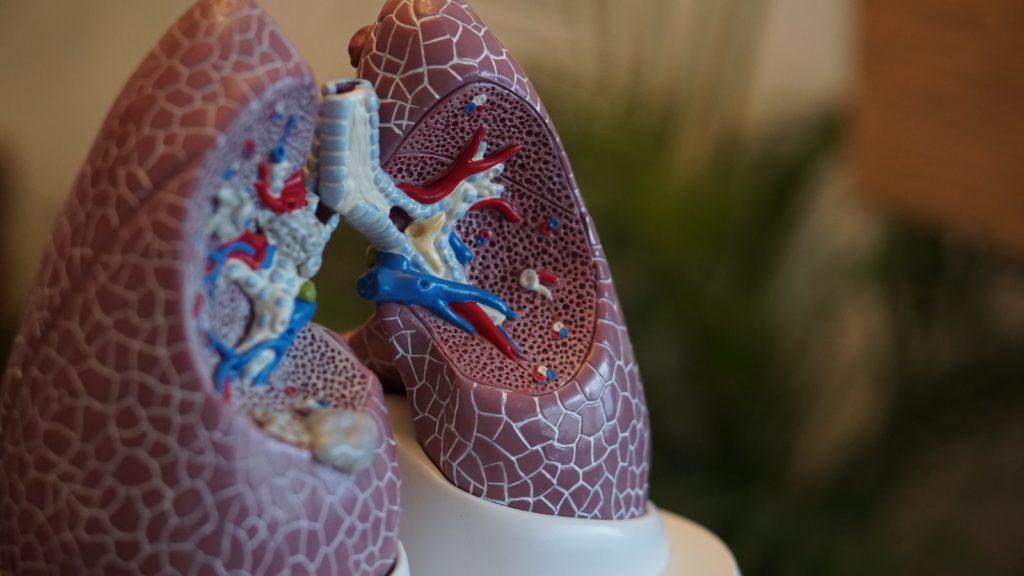Asthma and allergic rhinitis (AR) are increasing in prevalence in industrialized societies due to complex gene–environmental and microbial influences. Both asthma and AR are inflammatory disorders of the airways in which similar cell types and molecular pathways participate. Furthermore, nasal and bronchial disease co-exist in many asthma patients, with similar immunopathology, underlying the ‘‘one airway’’ hypothesis. Mast cells are the main effector cells of acute/early allergic responses, through allergen cross-linking-specific IgE molecules on the mast cell surface, and subsequent triggering of mast cell degranulation and release of vasoactive mediators. Eosinophils are involved in acute and chronic mucosal inflammation and migrate into the nasal and bronchial mucosa during the late allergic reaction (LAR).
Allergic inflammation is frequently described as ‘‘type 2 inflammation’’ and has a characteristic gene expression signature in bronchial epithelium6 and sputum of asthmatics. IL-5 and IL-13 mediate many of the features of type 2 inflammation, being produced by T-helper type-2 (Th2) cells and innate lymphoid cells of type 2 (ILC2 cells).Access to nasal mucosal secretions and cells is required to understand biomarkers and molecular mechanisms associated with AR. Either lavage or nasosorption using strips of absorptive paper have been used to sample nasal mucosal lining fluid (MLF) mediators. More recently, the nasosorption method has been refined by the use of synthetic materials and, as the approach is non-invasive, it has proved ideal for sampling from children with AR12 and infants. Serial nasosorption samples have been used after nasal allergen challenge (NAC), including to assess the effects of a monoclonal antibody against anti-IL-13.15 Nasal curettage is a technique to obtain nasal epithelial cells without local anesthesia and has been used for gene expression profiling after human rhinovirus infection, whereas nasal brushings have been used to define phenotypes of childhood asthma.
Detailed insights into molecular and cellular events in the airway mucosa are needed to define targets for new therapies, provide biomarkers for clinical trials, and to enable personalized medicine. This study examined the nasal mucosal LAR by measurement of cytokines and chemokines in MLF, and assessment of gene expression patterns in nasal mucosal specimens. We used non-invasive mucosal sampling, obtaining serial nasosorption samples and nasal epithelial curettage sample at baseline and 8 h after NAC. We compared the effects of single doses of oral prednisone with placebo on biomarkers of mucosal inflammation after NAC. In this manner, we documented molecular events of the nasal mucosal LAR and the effects of corticosteroids within individual subjects.
Full Article – To read the full article please download the PDF by clicking the button below.
https://qasmc.com/wp-content/uploads/2017/04/Leaker_Mucosal_Immunology_2016.pdf





About The Author: Lucy
More posts by Lucy